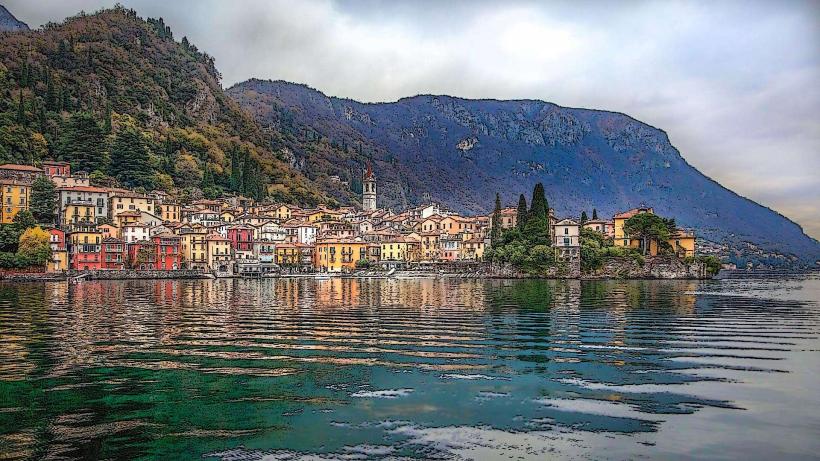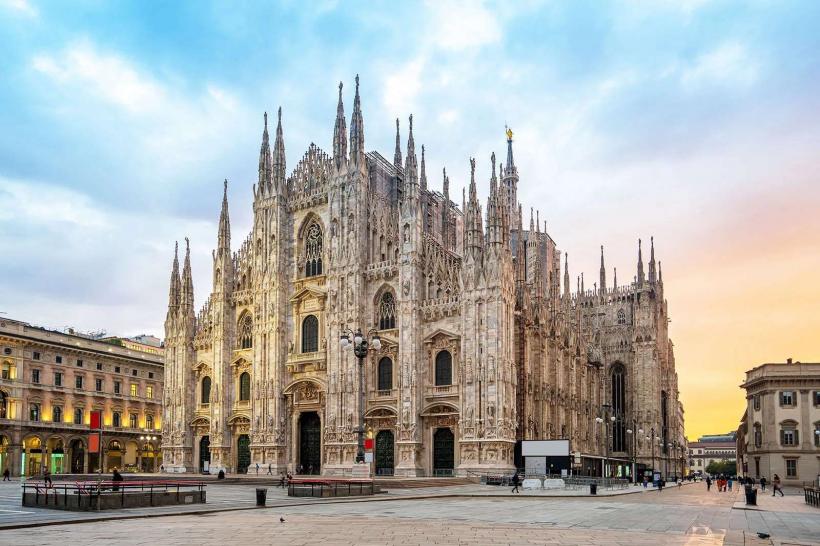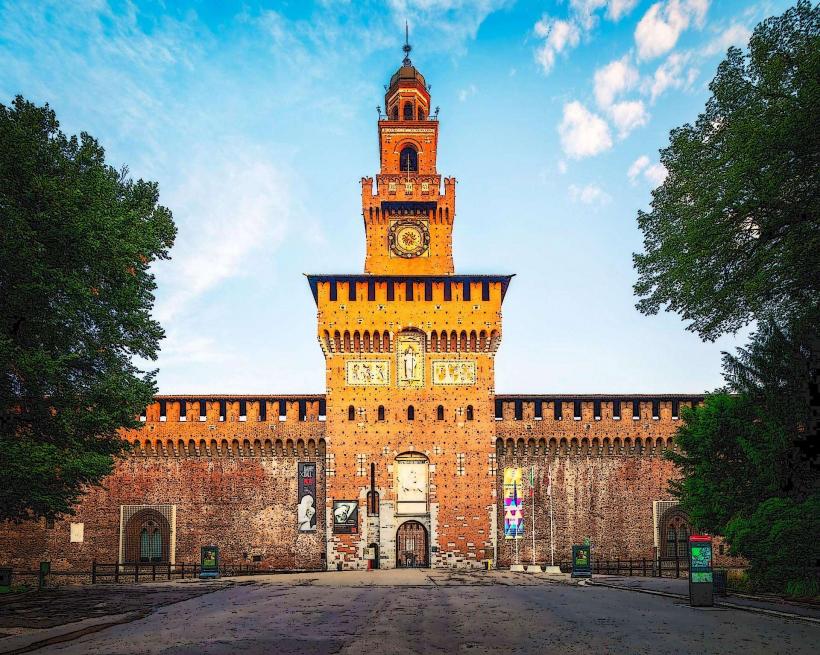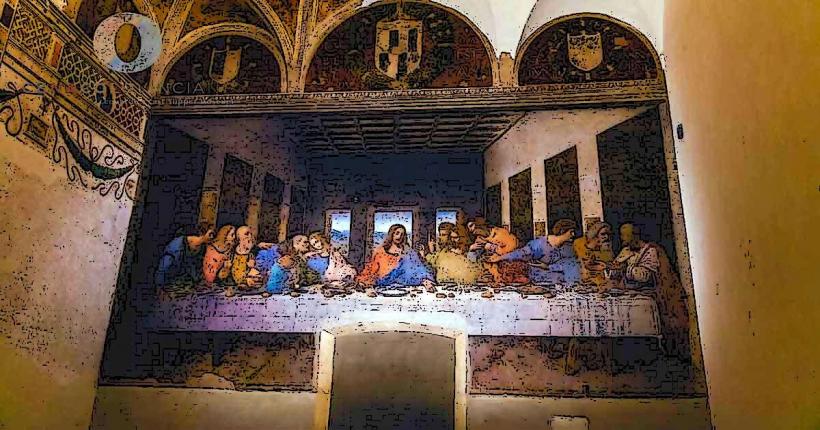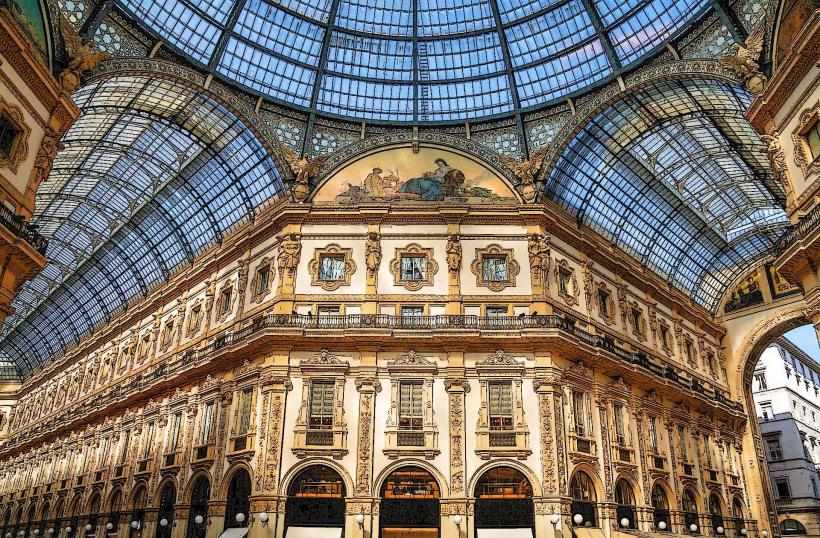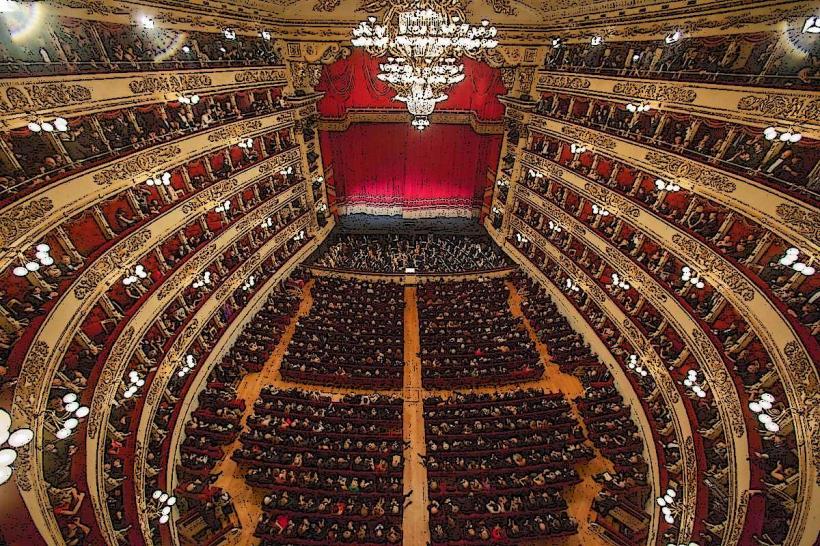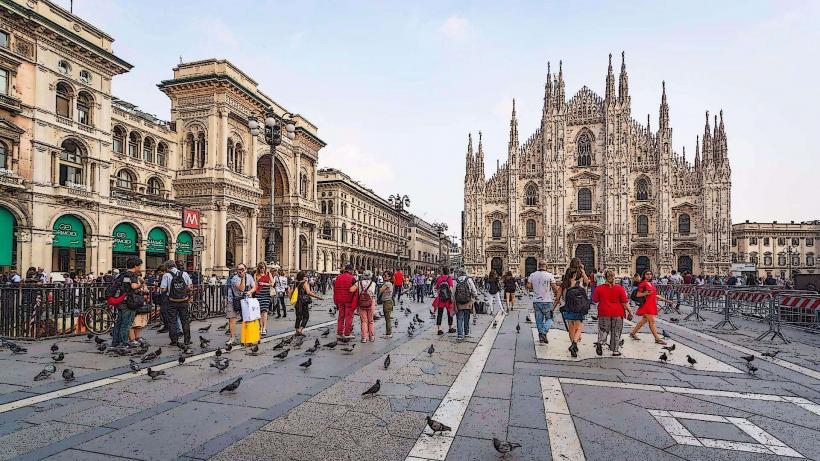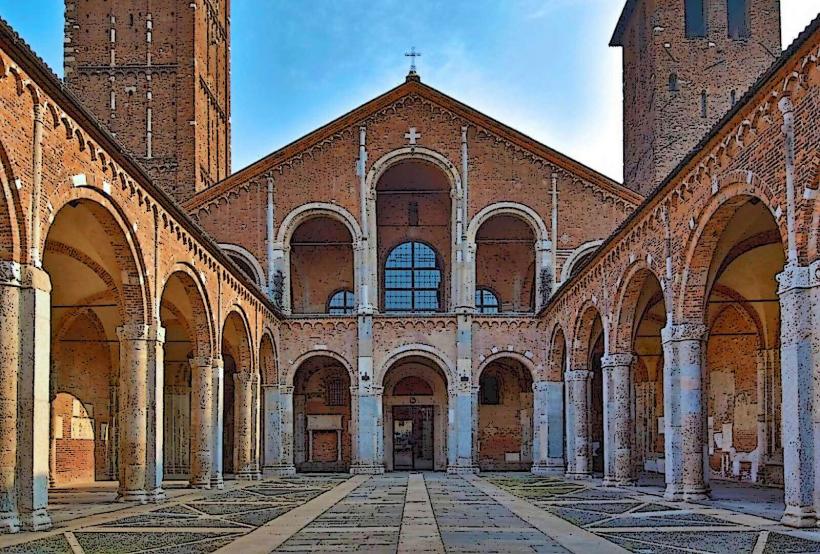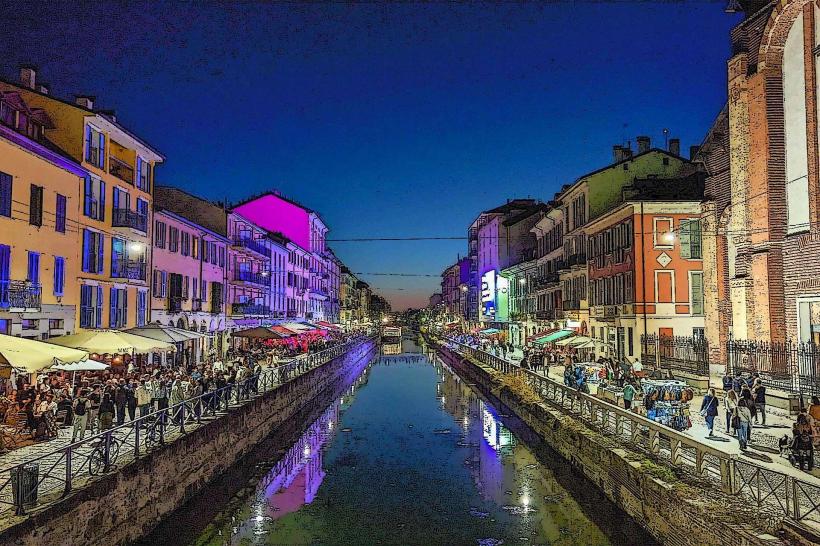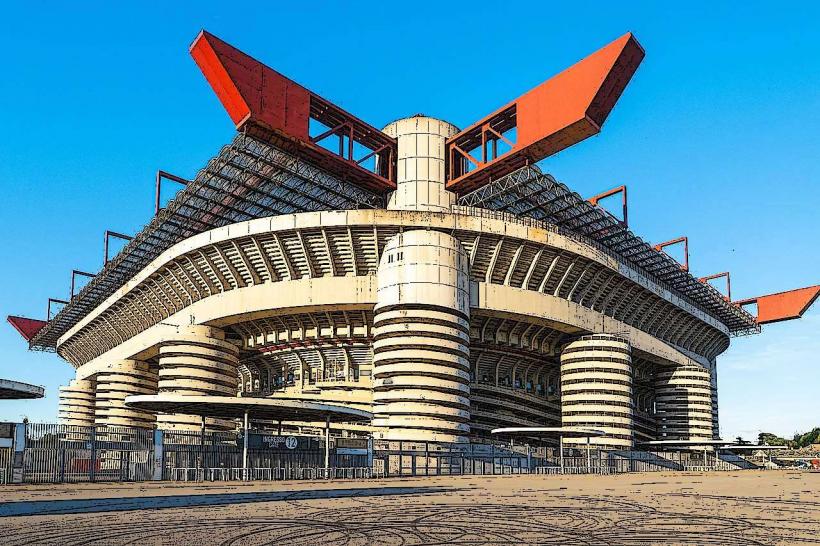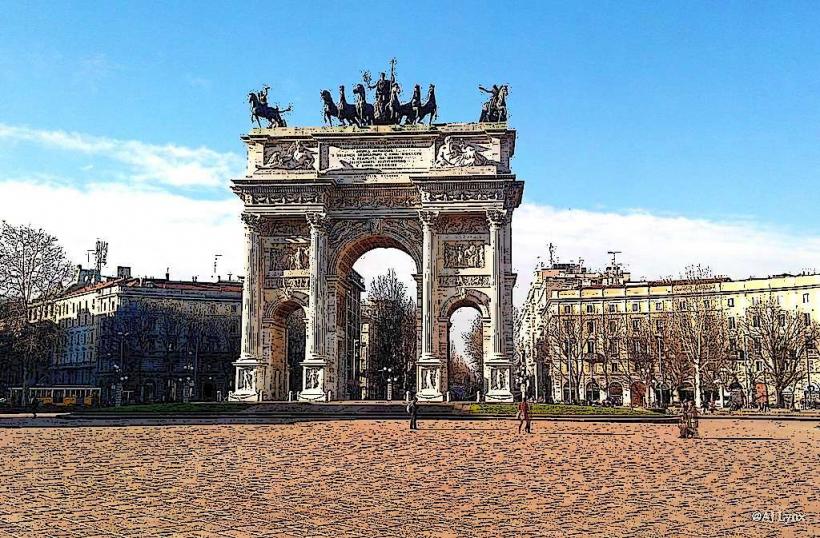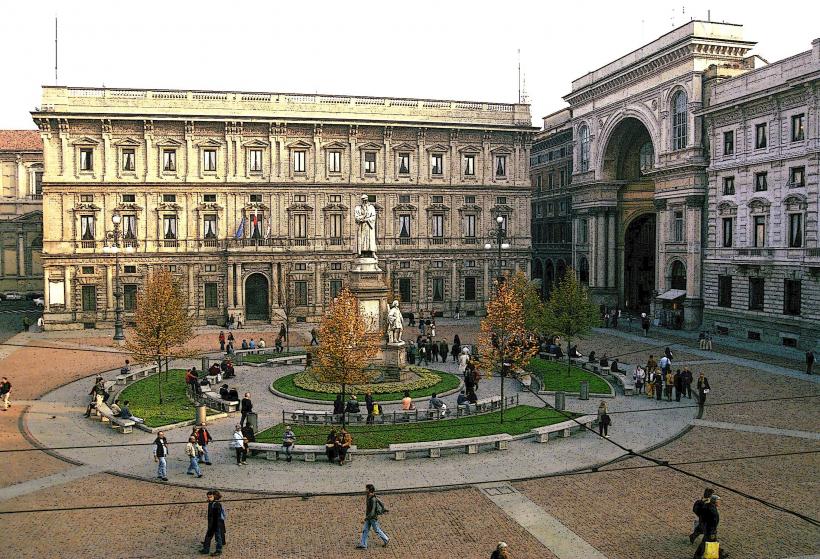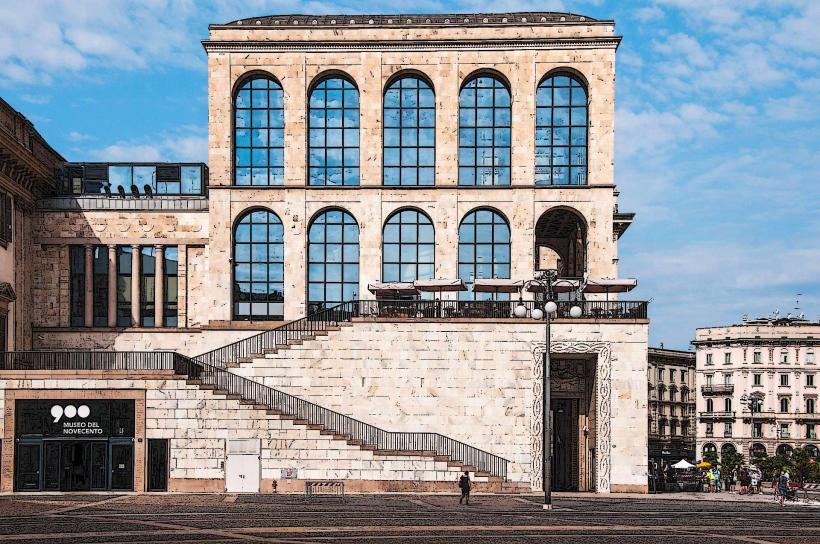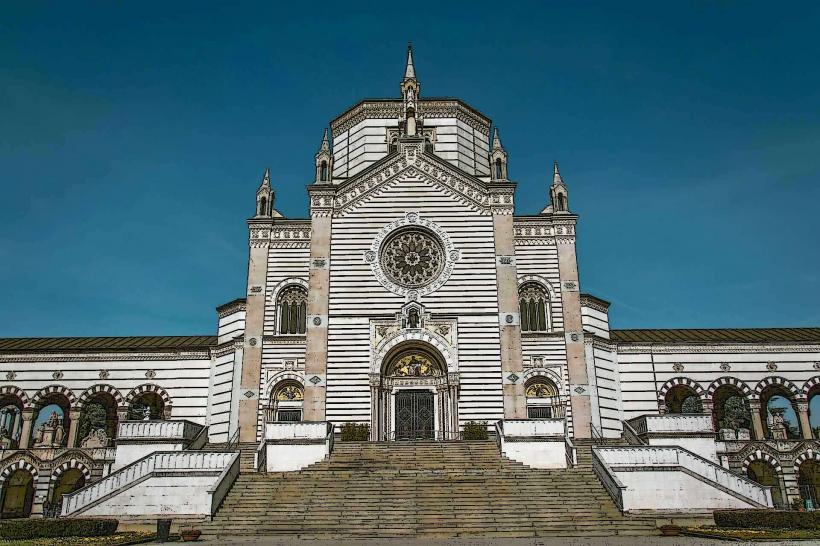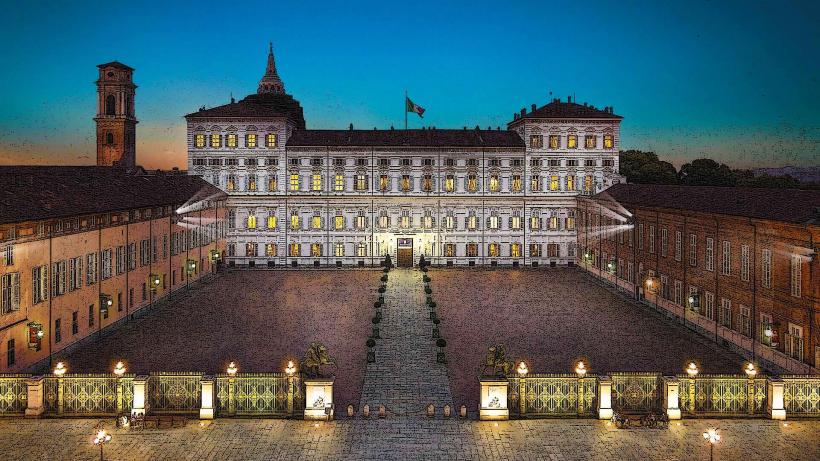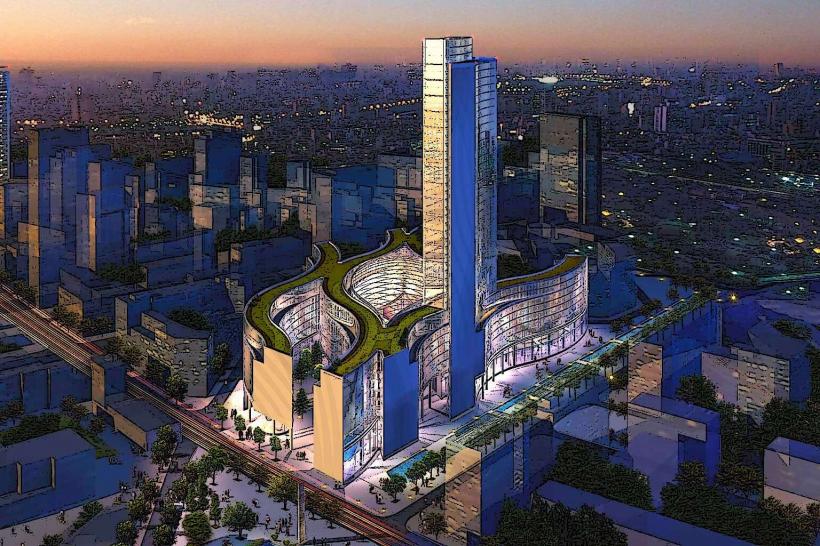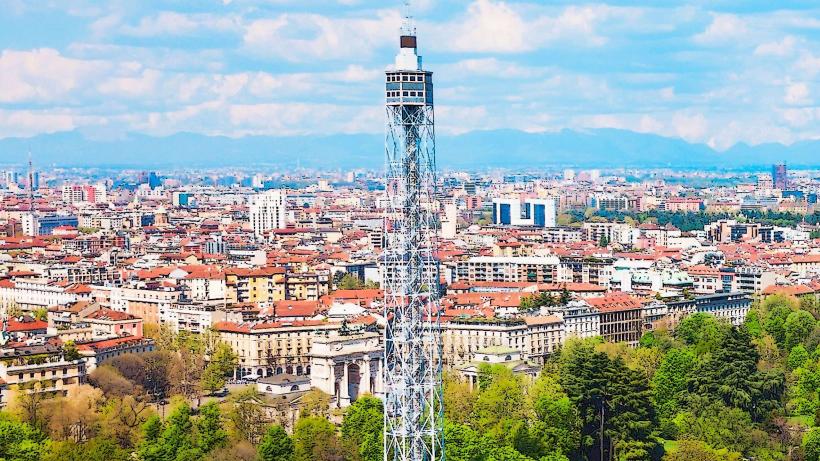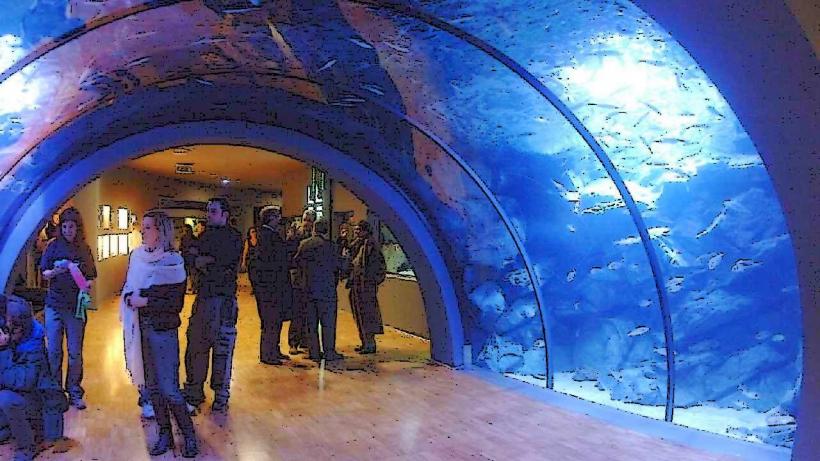Information
Landmark: Pinacoteca AmbrosianaCity: Milan
Country: Italy
Continent: Europe
The Pinacoteca Ambrosiana is one of the most important art museums in Milan, Italy, and it holds a remarkable collection of Renaissance and Baroque art, along with a vast array of historical manuscripts, books, and antique texts. The gallery is part of the Ambrosian Library (Biblioteca Ambrosiana), which was founded by the Cardinal Federico Borromeo in 1607. It is a key cultural institution in Milan and is renowned for its art collection, particularly its paintings.
1. History and Foundation
- The Pinacoteca Ambrosiana was established in 1618 by Cardinal Federico Borromeo, with the intention of enriching Milan's intellectual and cultural life. It was created to house the Cardinal's vast collection of artworks, manuscripts, and books, as well as to preserve and share them with the public.
- The Ambrosian Library and the Pinacoteca were closely linked from the start, and both institutions were designed to promote knowledge and scholarship. The museum's collection was initially formed by Borromeo's personal acquisitions, along with other works donated by wealthy patrons.
2. Architectural Features
- The Pinacoteca is housed in a Renaissance-style building, attached to the Ambrosian Library. The museum's entrance is marked by a simple yet elegant facade, and the interior features spacious galleries with classical architecture.
- The museum is located near the Piazza del Duomo in the heart of Milan, and its architectural design reflects the elegance and sophistication of the late Renaissance period.
3. Art Collection
The Pinacoteca Ambrosiana is best known for its exceptional collection of paintings, drawings, and sculptures from some of the greatest artists of the Renaissance and Baroque periods. Some of the most important works in the collection include:
Leonardo da Vinci's "Codex Atlanticus": The Codex Atlanticus is one of the most famous collections of Leonardo da Vinci's drawings and writings. This manuscript includes sketches, scientific diagrams, and notes that span a variety of subjects, such as engineering, anatomy, and astronomy. The Pinacoteca Ambrosiana holds a substantial portion of the codex, and it is one of the museum's most valuable treasures.
"The Musician" by Leonardo da Vinci: This portrait is attributed to Leonardo da Vinci and is considered one of the most important works in the collection. It portrays a young man holding a musical instrument, likely representing a figure of noble status. The painting's delicate portrayal of light and shadow exemplifies da Vinci's mastery of the sfumato technique.
Caravaggio's "Basket of Fruit": The museum also boasts an important work by Caravaggio, the "Basket of Fruit" (1599), which is a still life considered one of the earliest examples of Baroque realism. The painting is renowned for its attention to detail and its lifelike depiction of fruit, showcasing Caravaggio's innovative use of light and shadow.
"The Madonna with Child" by Bramantino: Another significant piece in the collection is a Madonna and Child painting by Bramantino, a leading Milanese painter of the Renaissance. The work reflects the influence of both Leonardo da Vinci and Lombard painting traditions.
"The Wedding at Cana" by Paolo Veronese: The museum is home to a study of Paolo Veronese's famous painting "The Wedding at Cana," which depicts a biblical scene of the wedding feast in Cana where Jesus performed his first miracle. This work is a key example of Venetian Renaissance painting.
4. Other Collections
- Ancient Manuscripts and Books: The Ambrosian Library is one of the most important libraries in Italy, with a vast collection of ancient manuscripts, early printed books, and historical texts. Many of these are on display in the museum's galleries, giving visitors a glimpse into the world of Renaissance scholars and intellectuals.
- Drawings and Sketches: In addition to its paintings, the Pinacoteca Ambrosiana holds a substantial number of drawings and sketches by prominent artists, including Raphael, Michelangelo, and Raffaello Sanzio. These works provide insight into the creative process and technique of some of the greatest masters of the Renaissance.
5. Notable Artists
The Pinacoteca Ambrosiana's collection includes works from several renowned artists, particularly from the Lombard school of painting. Some of the most notable artists represented in the collection include:
- Leonardo da Vinci
- Caravaggio
- Raphael
- Titian
- Bramantino
- Giovanni Bellini
- Gaudenzio Ferrari
- Tiziano Vecellio (Titian)
6. Exhibitions and Cultural Importance
- The Pinacoteca Ambrosiana hosts a variety of temporary exhibitions, showcasing works of art from different periods and regions. These exhibitions complement the museum's permanent collection and offer visitors a deeper understanding of Milan’s artistic and cultural heritage.
- The museum is also a center for art historical research and is involved in various cultural initiatives in Milan, including collaborations with other institutions and universities.
7. Visiting the Pinacoteca Ambrosiana
- Location: The museum is centrally located in Milan, close to Piazza del Duomo and the Teatro alla Scala. Its address is Piazza Pio XI, 2, Milan.
- Opening Hours: The museum is generally open Tuesday to Sunday. However, it is advisable to check ahead for any changes to the schedule or special events.
- Admission: The museum usually charges an entrance fee, though entry may be free on certain days or for special events.
- Accessibility: The museum is easily accessible by public transportation in Milan, including metro lines and trams.
8. Conclusion
The Pinacoteca Ambrosiana is a must-visit destination for art lovers, scholars, and anyone interested in exploring Milan's rich artistic heritage. Its collection of masterpieces, manuscripts, and historical treasures provides a deep dive into the artistic and intellectual legacy of the Renaissance and Baroque periods. With works by iconic artists such as Leonardo da Vinci, Caravaggio, and Raphael, the Pinacoteca Ambrosiana remains a vital cultural institution in Milan.

